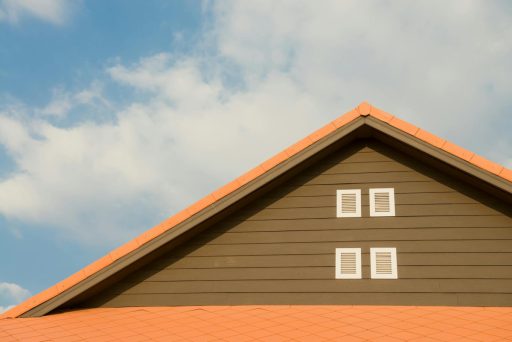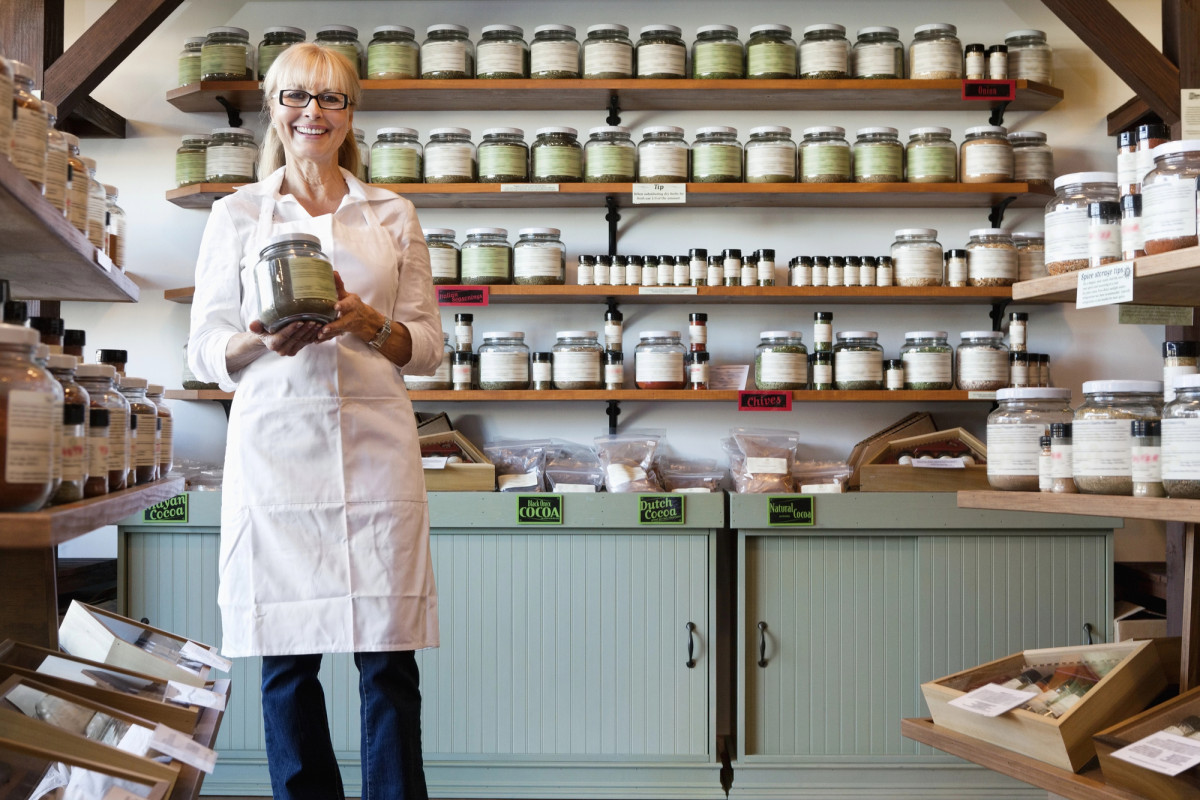When it comes to adding value to your home, roofing materials make a huge difference. New roofs reduce cooling costs, lower homeowner’s insurance premiums and add aesthetic appeal.
There are many different roofing materials to choose from, hence the importance of using quality materials in roof repair. The best one depends on your budget, architecture style and climate. Some options include: asphalt shingles (three-tab, architectural)
1. Asphalt Shingles
Asphalt shingles are one of the most popular roofing materials in the country, and for good reason. They’re affordable, easy to install, and come in a variety of styles and colors. But more importantly, they’re durable and can withstand extreme weather conditions. This makes them an ideal choice for any homeowner who wants to protect their investment and maintain a beautiful home exterior.
The most common type of shingle is the traditional 3-tab shingle. As the name suggests, this style features three uniform rows of tabs that create a clean and simple look. However, it’s worth noting that 3-tab shingles tend to have a shorter lifespan than other types of shingles. Therefore, if you’re looking to increase your roof’s longevity, it might be worthwhile to consider upgrading to a more premium option such as architectural or dimensional shingles.
Regardless of which type of shingle you choose, all asphalt shingles offer the same basic benefits. They protect against wind uplift and blow-off, as well as ice dams and damaging water penetration. Additionally, they’re highly fire resistant and can withstand hail damage.
Shingles are typically made from fiberglass mats that are coated with asphalt and embedded with mineral granules. They also feature a heat-sensitive adhesive that activates at specific temperature ranges, keeping the shingles securely attached to each other and your roof’s structure.
In addition to the aforementioned benefits, shingle roofs are very versatile and can complement most architectural designs. In fact, they’re the most commonly used roofing material for a good reason. They’re available in a wide range of colors, from natural earth tones to bold hues, allowing homeowners to add a bit of flair to their homes without compromising the integrity of their roofs.
As an added bonus, asphalt shingles are relatively inexpensive to produce and are easily installed by both professional roofing contractors and seasoned DIY enthusiasts. They’re also low maintenance and don’t require any special cleaning or treatment, saving you both time and money. In terms of durability, shingle roofs can last up to 40 years with proper maintenance and regular inspections.
2. Metal Roofing

Metal roofing is a premium roofing material, and it can add value to your home. A study by Allied Market Research found that homes with a metal roof recoup about 50% of the cost of the roof when it comes time to sell. That’s an excellent return on investment!
A metal roof can also protect your home from severe weather conditions. It can withstand high winds, heavy rains, and even tornadoes. It also can withstand hail, including pea-sized or dime-sized hail that would destroy an asphalt shingle roof. A properly installed metal roof can last up to 50 years, making it a great long-term investment for your family.
In addition, a metal roof is environmentally friendly. It is made from recycled materials, and it is 100% recyclable at the end of its life span. Unlike asphalt shingles, which are toxic and can’t be repurposed or reused, metal is a green roofing option.
The appearance of a metal roof can boost your home’s curb appeal as well. It’s available in a wide range of styles and textures to complement any home design. The look of a metal roof can be as modern or as rustic as you want. One of the best-looking options is standing seam metal roofing, which provides a clean, modern aesthetic that can enhance your home’s visual appeal.
Another option is corrugated galvanized steel, which is durable and can add to your home’s resale value. It can withstand extreme heat and cold, and it resists corrosion from water and salt air. It’s also fire-resistant, and it meets the building codes of many states for high-velocity hurricane zones.
A copper roof is also a luxurious option that can boost your home’s value. It’s the most expensive of all metal roofs, but it’s also one of the most beautiful and longest-lasting. It requires no maintenance, and it ages gracefully with a natural patina that can turn a soft blue-green. It’s easy to cut and shape, and it can be fastened with hidden or exposed clips.
3. Slate Roofing
Slate roofing is a classic option for many homes. It offers several advantages and is a durable, attractive roofing material that adds character to a home and increases its resale value.
Slate is made of mineral stone compressed over time into strong blocks that have interlocking edges. This gives slate an attractive texture and a range of colors, including greens, reds, grays, purples, and blacks. It also resists corrosion, making it an excellent roofing material for areas prone to rain, snow, wind, or other natural disasters.
Because of its durability, slate roofs can last for over 100 years. They’re a great choice for areas prone to storm damage, as they can stand up to high winds and hail. Additionally, because of their longevity, slate roofs don’t need regular repairs or replacements like shingle roofs do.
While the benefits of slate roofing are numerous, this premium roofing material isn’t cheap. It can cost more than asphalt shingles, and installation is labor-intensive and expensive. Additionally, it’s important that homeowners get all their slate work done by a qualified professional to avoid any damage during the process.
To install a slate roof, roofers start by laying down a waterproof felt membrane. After that, they secure battens (long pieces of wood) across the rafters and establish a pattern for slate placement. Then, they nail the first slate shingles to the battens to test their fit and strength. Finally, the roofers finish securing the rest of the slate tiles to the roof’s structure and weatherproofing it.
One drawback to slate is that it’s heavy. It can weigh two to three times more than conventional asphalt shingles. This can cause problems if the roof isn’t structurally sound or reinforced. As a result, many homeowners who have slate roofs keep spare tiles in storage to replace any that may have been damaged during repair or maintenance.
If you’re interested in adding a beautiful, durable slate roof to your home, contact Skywalker Roofing today. We offer both natural and synthetic slate, as well as other premium roofing materials. We’ll help you find the perfect fit for your home.
4. Clay Tiles
Clay tiles can add an attractive, classic aesthetic to your home. They are a popular choice for homeowners who want to enhance the beauty of their house, while also increasing its value. They offer a unique look, which blends well with several different design styles. These include mission, Spanish, and Mediterranean style homes. They can also be incorporated with other roofing materials, such as wood shakes and asphalt shingles.
One of the main advantages that clay tiles offer is their durability and strength. These roof tiles are extremely resistant to impact damage, and they can last for up to 100 years. In addition, they are made of a naturally strong material that is fire safe. This is an important feature, as the risk of a fire can significantly reduce a home’s value.
Another benefit of a tile roof is its energy efficiency. Clay roof tiles are able to absorb and retain heat, which can help lower the cost of heating and cooling a home. This is a great benefit for those who are concerned about the environmental impact of their home.
The glazed surface of clay roof tiles is also resistant to abrasions, which can improve the durability of your roof. This is especially useful if you live in an area with high rainfall. The durability of clay roof tiles can also save you money on maintenance costs. Clay tiles are resistant to the buildup of grime, moss, and mildew, which can damage your roof and lead to leaks. In addition, you can keep your roof clean by regularly using a pressure washer.
Despite their many benefits, clay tiles are not without their drawbacks. Unlike other types of roof tiles, they can be very fragile in cold conditions. In addition, they can be difficult to repair if they are damaged. However, these problems can be minimized with proper installation and routine inspections.
With regular inspections and maintenance by a professional, you can extend the life of your clay tile roof. These services can include checking for moss growth, mildew, and cracked tiles. If any broken tiles are found, they should be replaced immediately to prevent water intrusion and further damage. In addition, regular cleaning is recommended to avoid the accumulation of debris and moss.












